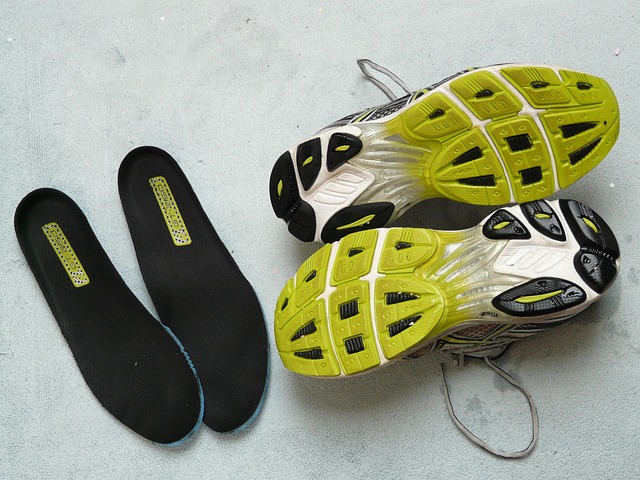Free Consultation
We are here for you! Book you Appointment by choosing one of the following option below
Call now at
1.888.332.7372
Write to us
Appointment@rcphealth.ca
Choose time slot
that work for you
Online Form
Orthotics are custom-built shoe inserts that give personalized support to the structures of the feet. Orthotics’ function is to correct or aid biomechanical abnormalities including foot and ankle deformities. The objective is to improve the patient’s gait and manage pain. Orthotics work by redistributing the pressure and force placed on a patient’s joints and muscles during momentum. It then alleviates strain and pain in the feet and the rest of the body.

Severe injuries or changes to multiple joint structures require customized orthotics. The requirement for custom orthotics increases in neurological conditions like Cerebral Palsy or Parkinson’s disease or after a traumatic brain injury or stroke. These conditions cause spasticity of muscles and might affect motor function. Custom orthotics can be very helpful when resting or during mobility to improve the effects of spasticity or reduce the risk of contractures.
It improves the range of conditions associated with different systems in the body such as
– Neurological
– Neuromusculoskeletal
– Cardiovascular
– Respiratory
A few of the medical conditions that can be treated by using custom orthotics are:
Call now at
1.888.332.7372
Write to us
Appointment@rcphealth.ca
Choose time slot
that work for you
Online Form
The appointment will start with a detailed review of your day-to-day activities, Medical History, Medications, present illness/condition, and how it limits you. This will be followed by a clinical assessment involving conducting a range of motion and muscle assessments along with gait analysis. Post assessment, we will review the results with you and decide on a treatment plan. If it is determined that a custom-made orthosis is required, a cast or mold will be taken during the clinical visits. This cast will be used to build the orthosis.
Orthotics and insoles are famous solutions to several foot-related problems, both can work effectively to reduce pain and address any physical and postural issues. Though these two terms are often used synonymously, they both are different products with distinct functionality.
Insoles provide support and cushioning to the feet that decrease pain. While insoles may offer short-term relief to an extent, they are mass-produced and manufactured to suit a wide audience. Insoles, however, do not address the root cause of the problem, which means that symptoms are likely to persist, or may worsen over time.
Orthotics are inserts as well, but with a major difference of being custom-built to address the specific issue/condition and tailored to fit the patient’s feet perfectly. This elevates their effectiveness in decreasing pain and improving existing problems.
The International Organization for Standardization (1998) defines orthoses as, “externally applied devices used to modify the structural and functional characteristics of the neuro-muscular and skeletal systems by applying forces to the body”. Learn more by reading relevant articles on how orthotic devices can help you.
Orthotic devices are also known as orthoses. They are braces or implements that help support the weekend muscles during movement. Orthoses also aid in slowing down the progress of the tightened muscles or tendons, enhancing the patient’s comfort. There are different types of Orthoses depending on the need.
Custom-made Orthotics may not be covered by OHIP. However, most extended health insurance plans do cover the cost of orthotics in part or full. If you do not know about the coverage you have with your insurance call us at 437-3456-890 and we will find it out for you